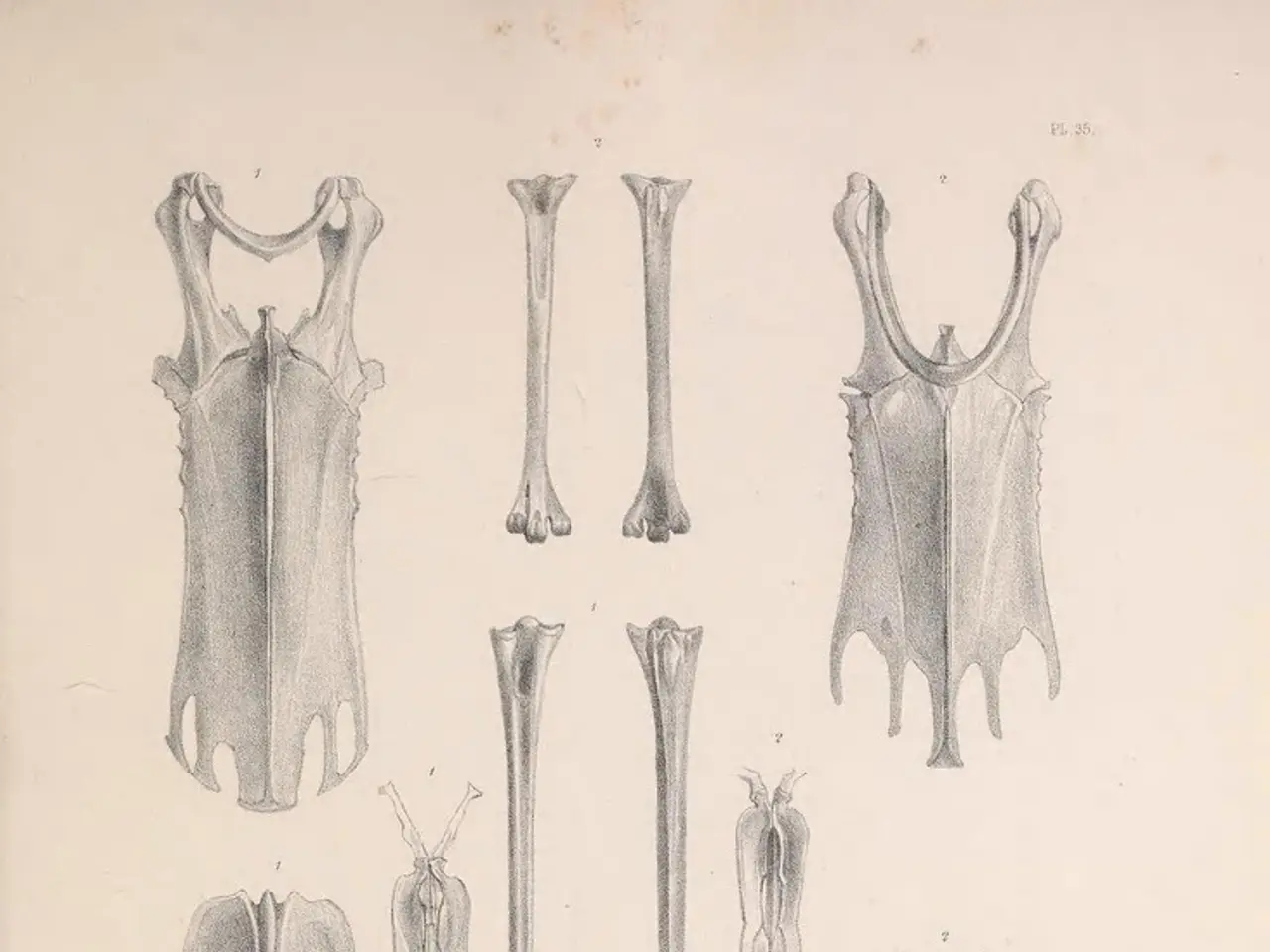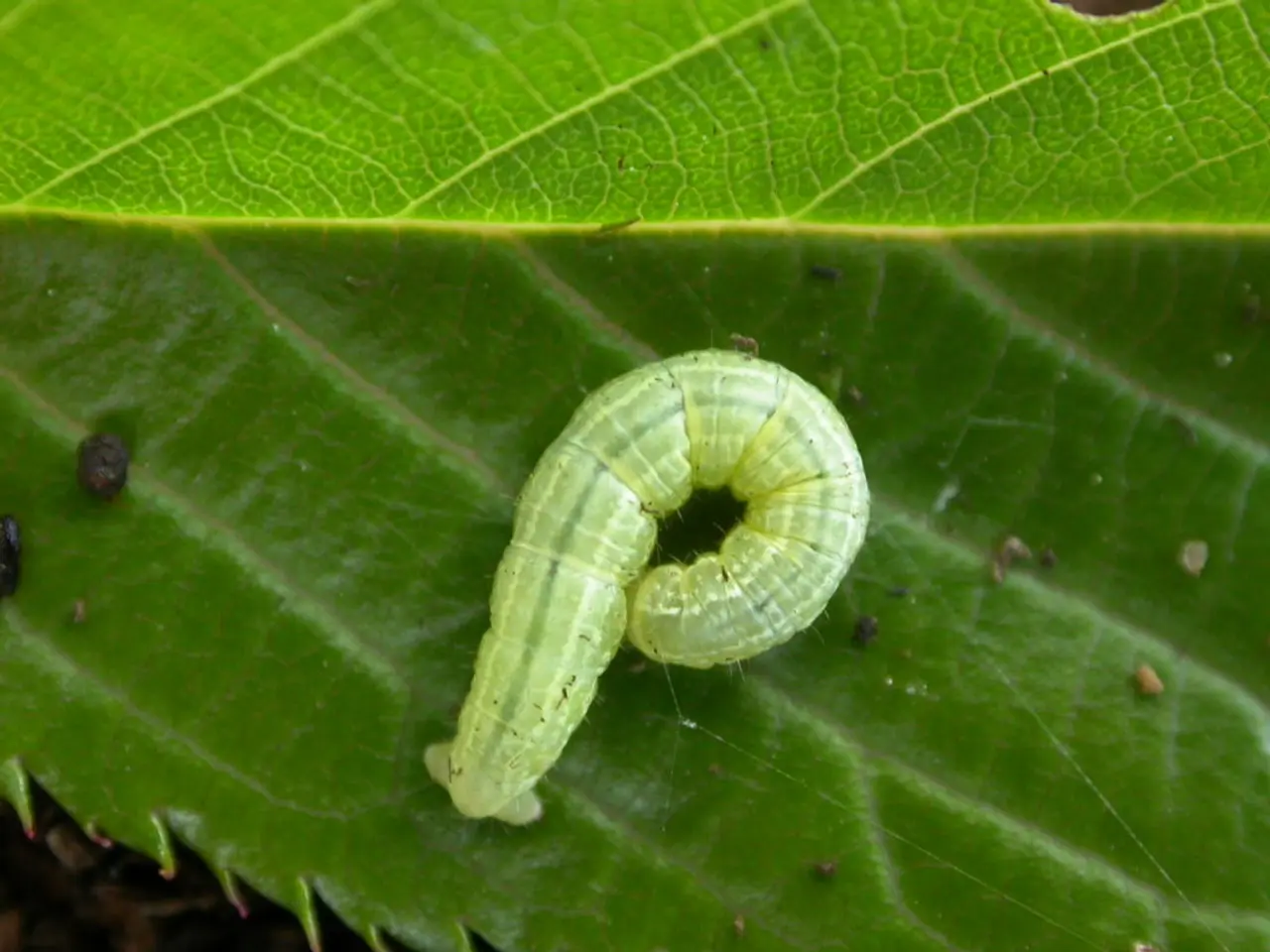The Quantity of Cell Types and Cells Comprising the Human Body
In the vast expanse of the human body, a fascinating world of cells exists, each playing a unique role in maintaining our health and wellbeing. Recent research has shed new light on the number of cells, their types, and the rate at which they turnover.
It is now understood that the human body contains an estimated 30 to 40 trillion cells, categorized into hundreds of distinct cell types and many more subtypes. This high cellular diversity across tissues reflects the complexity of our bodies. Single-cell analyses have revealed numerous cell subpopulations defined by gene expression patterns, suggesting that our understanding of human cells is far from complete.
The human body is in a constant state of renewal, with about 330 billion cells produced daily. This cellular turnover maintains tissue homeostasis and function. However, turnover rates vary widely by cell type and tissue.
Some cells, like those in the colonic epithelium, renew rapidly, replacing cells within days. On the other hand, certain neuroendocrine cells in the small intestine show very low proliferation rates, with a tiny fraction cycling at any time (<0.2%). Immune cell populations may show moderate to high proliferation depending on the subtype and physiological state. Many differentiated cells in tissues such as muscle, brain, and heart have very slow or negligible turnover under normal conditions.
Let's delve into some specific examples. Skin cells, for instance, undergo a turnover of approximately every 28 days, with about 1 billion skin cells replaced daily. Fat cells, or adipocytes, have a lifespan of about 8 years, with new cells formed as old ones die off.
The lifespan of red blood cells, or erythrocytes, is 120 days, with approximately 25 trillion cells in the body. These cells are produced at a rate of 2 million new cells every second through erythropoiesis. White blood cells, or leukocytes, have varying lifespans: Neutrophils - 7 hours to 5.4 days, Eosinophils - 8 to 12 days, Basophils - a few hours to a few days.
Monocytes, another type of white blood cell, have a lifespan of 1 to 3 days, then differentiate into macrophages or dendritic cells. Lymphocytes, which play a crucial role in the immune system, have lifespans that vary from days to years.
Platelets, essential for blood clotting, have a lifespan of 7 to 10 days, with approximately 150 billion new platelets produced daily.
The field continues to evolve with single-cell and molecular mapping technologies improving resolution of cell classification and turnover characterization. Ongoing research like the Human Cell Atlas suggests there may be thousands of subtypes of human cells yet to be fully classified. This dynamic cellular renewal, coupled with vast diversity in types and subtypes, underpins human tissue maintenance and function.
The vast expanse of cellular diversity within the human body, including distinct cell types and subtypes, is a key contributor to our overall health-and-wellness, as new light has been shed on the number and types of these cells and the rate at which they turnover. Specifically, the human body is in a constant state of renewal, as scientific research demonstrates that approximately 330 billion cells are produced daily to maintain tissue home-and-wellness.




